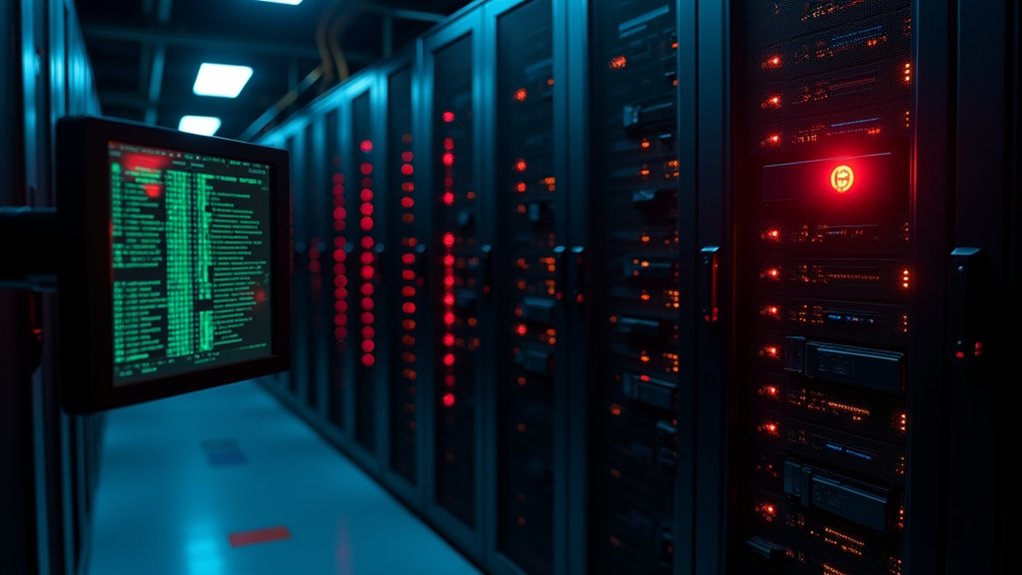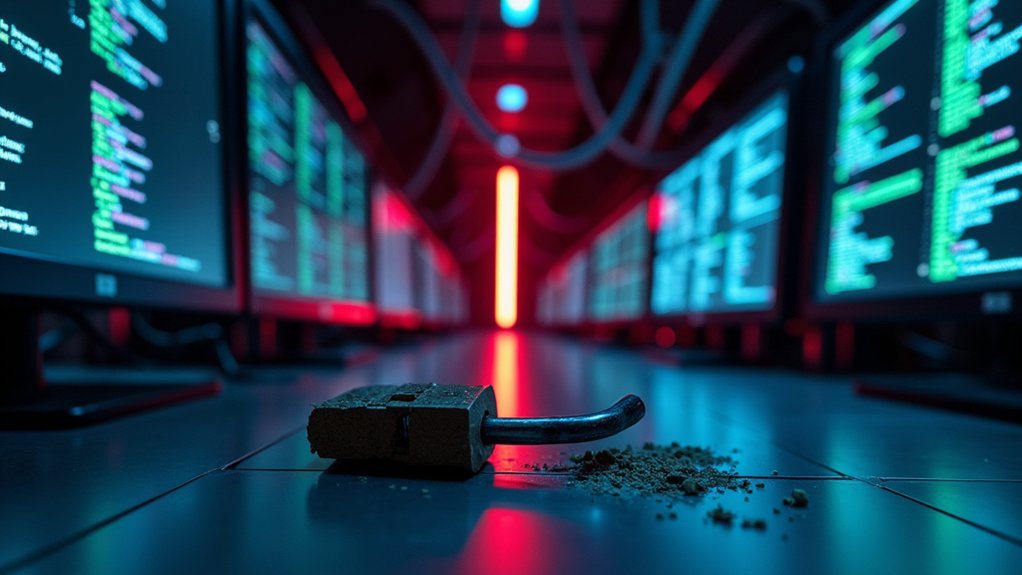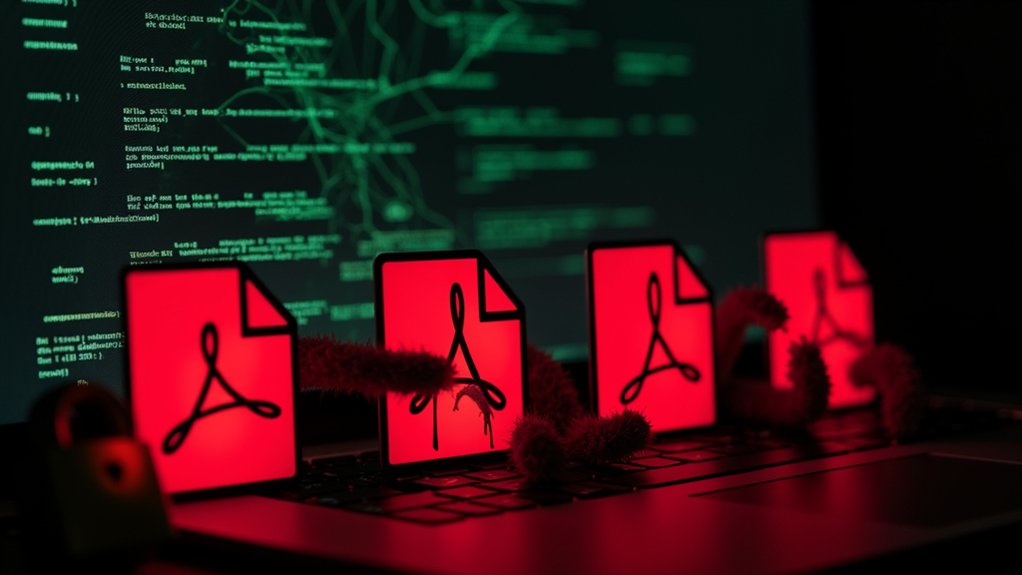As the United States allocates $1 billion over four years for offensive cyber operations through recent legislation targeting the Asia-Pacific region, Congress concurrently implements equivalent cuts to the nation’s cyber defense budgets. This strategic shift, embedded within the “One Big Beautiful Bill” legislation, prioritizes military capabilities under U.S. Indo-Pacific Command while reducing protective measures for domestic infrastructure.
The offensive funding represents a calculated investment in military cyber capabilities, with budget prioritization aimed at improving operations in the Asia-Pacific theater amid rising tensions with China. With ransomware attacks becoming increasingly sophisticated, the strategic importance of both offensive and defensive capabilities has never been more critical.
This strategic funding shift prioritizes military cyber dominance in Asia-Pacific operations as geopolitical tensions with China continue escalating.
Nevertheless, the legislation remains deliberately vague regarding specific tactics, targets, or operational tools that will comprise these offensive initiatives, leaving implementation details largely undisclosed to public scrutiny.
Simultaneously, the $1 billion reduction in cyber defense spending occurs regardless of persistent threats from sophisticated state actors including China, Russia, and Iran. These cuts encompass broad reductions in government technology and cybersecurity programs, creating potential vulnerabilities in critical infrastructure protection. Rural hospitals and local governments face particular exposure to nation-state hackers under the reduced defensive spending framework.
Recent years have witnessed high-profile breaches of U.S. corporations, federal agencies, and fundamental systems, highlighting existing security gaps that defense budget reductions may intensify.
U.S. Cyber Command received a contrasting budget increase for fiscal year 2025, with $1.7 billion allocated, representing a $54.4 million boost from the previous year. The command’s authorized civilian workforce expanded to 2,557 full-time equivalents, emphasizing improved planning and execution of cyberspace operations.
USCYBERCOM likewise assumes responsibility for Cyber Mission Force management from Military Departments and the Defense Information Systems Agency. The Trump administration has requested a $1.23 billion cut in cybersecurity spending for 2026, representing a 10% decrease compared to 2024 levels.
Senate Intelligence Committee members have expressed concern over the strategic wisdom of slashing defensive funding as foreign cyber operations grow increasingly sophisticated. Critics argue this approach leaves critical systems exposed to digital espionage and cyberattacks precisely when strong defenses are most significant.
The legislative strategy reflects an administration trend toward confrontational postures with rival nations, particularly China, but questions remain about the effectiveness of prioritizing offense over defense in cyberspace.
As global cyber tensions escalate and state-sponsored attacks continue targeting U.S. interests, this budgetary reallocation represents a significant shift in national cybersecurity doctrine.









